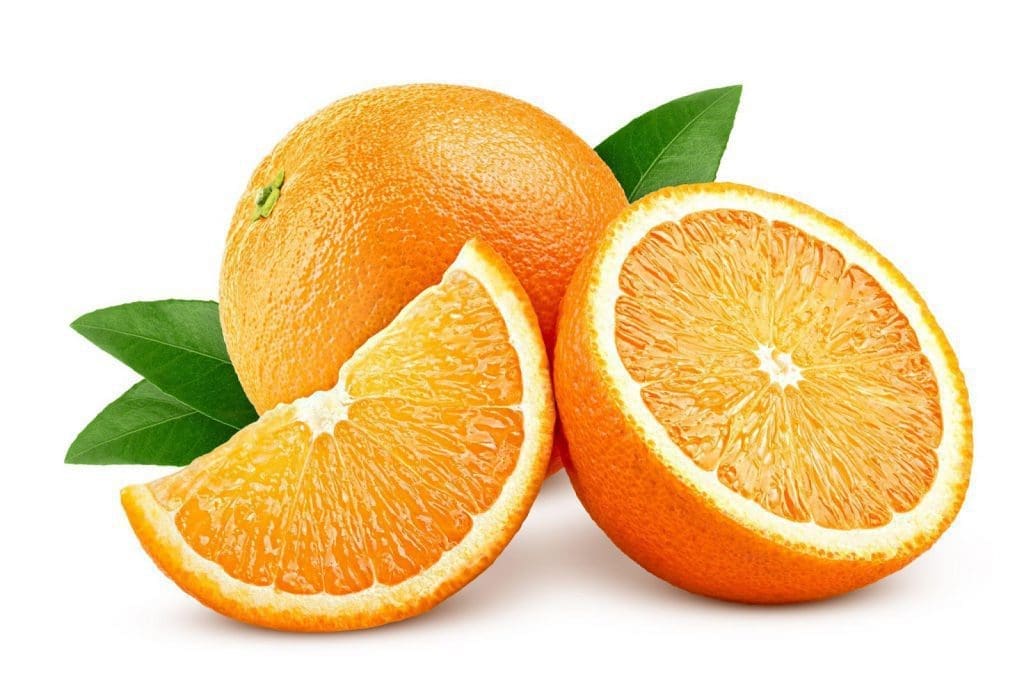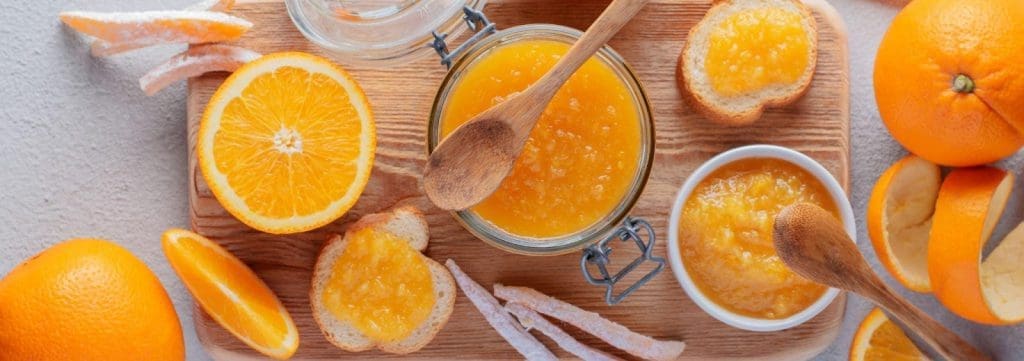
Sweet, delicious, and the globally accepted vitamin C mega source, oranges are rightly a very popular fruit, but do you really know your oranges from your apples (and the rest!)?
Read on to find out where oranges first came from, how they are used, the large range of varieties to be found, and what came first—the fruit or the colour.
Almost perfectly spherical and precision coloured as if by Pantone themselves, the orange fruit is part of the Citrus genus, and the Rutaceae family. When people talk about oranges, they are usually referring to the ‘sweet orange’—a hybrid between the mandarin and the pomelo.
Sweet oranges are medium-hard round fruits, coated in a bright orange rind that gets peeled off prior to consumption. Connecting the rind to the orange flesh is spongy white tissue called pith. Most people will peel the fluffy pith off their orange before they eat it segment by segment—or carpel by carpel.

Oranges are traditionally used for two major purposes—eating and drinking, but they are also used in a range of other applications. Parts of the fruit are made into food byproducts, including candied peel, pectin and marmalade. The latter is often made out of Seville oranges, which are cultivated for that specific purpose.
In terms of non-human food applications, the bitter orange is not traditionally consumed (although it can be), but is often used as an ingredient in essential oils, specifically sweet orange oil. The thick bitter rind is not eaten by humans, but it can be made into animal feed via desiccation.
Orange juice is a very popular fruit drink made by squeezing the fruit using an electronic or manual juicer or squeezer. It can be made commercially or at home and served with or without the pulp.

Oranges provide a wide range of health benefits. Most notably, they are a rich source of vitamin C. Oranges also contain fibre, calcium, folate, potassium, citric acid and citrates. They are also helpful during periods of inflammation.
The sweet orange (also known as the common orange) makes up for 70% of the worldwide citrus production (2012). There are a very wide range of oranges—some more easily accessible than others. Varieties include Valencia, Jaffa, Navel, Seville and the Cara Cara Navel.
Unlike the chicken and the egg, there’s actually an answer to this riddle.
Orange the fruit came before orange the colour. The English word, orange, comes from the Old French orenge, which was originally adapted from the Sanskrit word nãranga, meaning ‘orange tree’.
The earliest recorded use of this word is during the 1300s, whereas the use of orange pertaining to colour was first heard in the early 1500s. Before people used the word orange to describe, well, orange items, it was believed they used the word ‘ġeolurēad’—which means ‘the colour between yellow and red’ in Old English.
Sure, puns may not be our forte, but chemicals management and everything associated with it is. Whether you need help with your SDS, Heat Mapping, Risk Assessments, hazardous chemicals handling or anything between, we’re the juice! Contact us today at sa***@*******ch.net.
Sources: